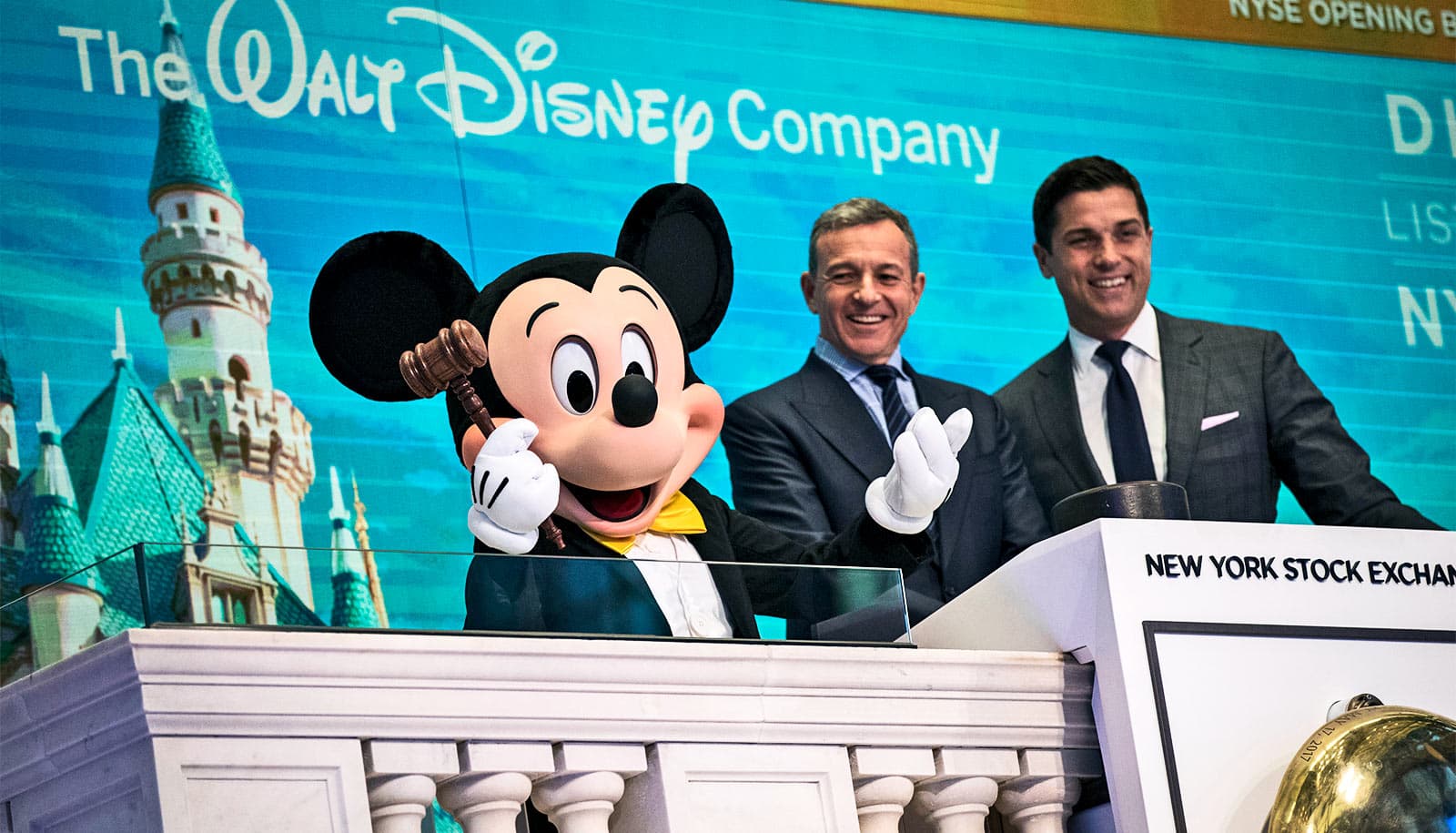The November 12 launch of the online streaming service Disney+ adds more congestion to an industry in which streaming platforms are fighting for territory by offering original, exclusive, and quality entertainment at competitive prices.
Aldo Musacchio, a professor in the Brandeis University International Business School is an expert on company strategy and has been monitoring the recent developments in streaming, which he says will have an enormous impact on the future of cable television, internet access, and entertainment.
Here, Musacchio explains how consumers and companies are responding to the rise in streaming platforms:
What does the Walt Disney Company’s entrance into the streaming fray with Disney+ mean for consumers, who have yet another option for streamable content?
The streaming market right now is in a race, and we don’t know who will win that race. Think about all the competitors: Hulu, Netflix, Amazon Prime, AppleTV, and now Disney+, and so on.
Typically, consumers will do very cost inefficient things when there are this many options. For example, consumers will purchase multiple streaming services or continue paying for cable television while being subscribed to new streaming plans.
The streaming platforms are offering unique content to attract customers and get them to become paying subscribers. Consumers don’t yet know which service will be a winner, and they wouldn’t be subscribing to so many services if they did.
How are the streaming platforms positioning themselves to be a winner in this race?
My point of view examines company strategy and competitive strategy. The idea is to understand why some companies are more successful in growing their market share. Competition is all about gaining market share rapidly, and the success of each platform is about growing the market share.
This is a costly business model. For the platform to pay its production costs, it needs a lot of customers who are paying a subscription fee. The only way to do that is to have a large market share, so we are currently in the stage of crazy expansion.
Platforms right now are cultivating their market share by kind of subsidizing users. Later on, if they’re one of the winners because they have a substantial chunk of the market share, these streaming services will be able to extract more from the consumer.
How much does the content on a platform determine its potential market share? Given how much intellectual property Disney has, is it an automatic winner by default?
Disney in general is very content rich, and all its content is definitely transferable into a big market share.
What Disney discovered, prior to Disney+, is that having almost-complete access to its customers is dependent on the company having its own platform. It could no longer rely on third parties, like Netflix or Hulu, to distribute Disney content.
So Disney’s launch of Disney+ is a truly great angle for those studying the streaming race and competitive strategy. The way for Disney to get the most value out of its intellectual property is to have its own channel—Disney+.
Other streaming platforms should be scared. Disney has a huge IP stock. What it owns goes beyond Mary Poppins and Mickey Mouse. They have that, and other related properties, and also Star Wars and Marvel. They can say “we own Han Solo, we own Iron Man.” None of their competitors can say that. Disney’s IP transcends time in a way few others can.
But the cost of each of these services adds up, even if the content is great and they’re “inexpensive” on their own. What happens once these platforms have more or less established their market share?
In a way, this might be the best time for consumers. Right now, the price of streaming is generally low, so if you want two or three platforms, what we have now is fantastic.
That won’t happen later, when the platforms have established their market share. It’s simply because right now streaming services are fighting each other for customers.
In fact, companies are subsidizing customers as much as they can. They may offer you reduced rates, or give you free shipping on some other service, or give you some kind of exclusive content, but in reality these are subsidizing tools in a turf war. Platforms are fighting for territory.
Would you agree that cable companies are in trouble?
It’s sad. What all of this means is cable companies will become like utilities—like water or electricity—by providing only internet access. These companies are definitely in crisis and they are not sure what to do.
One option might be to partner with streaming companies and offer a free streaming service, or to create partnerships with new content providers and platforms. Access to services will become more attractive.
But streaming will take over. Equilibrium could become companies aggregating things, much like cable companies do now, but streaming will still win that war. YouTube, Hulu, Netflix, and others like them will have those aggregated packages.
It seems like cable companies can leverage their ability to aggregate content, whereas streaming platforms are more or less tied to their own content. Will consumers and platforms be in a content war or a content aggregation war in the long run?
Cable companies aggregate content very well. So I am curious about what will happen with sports and streaming. It’s an interesting market, because each professional American sports league either has or is trying to launch its own streaming service.
I don’t think that’s sustainable in the long run, because it will be very expensive for people who want access to more than one league. Cable also already has this programming aggregated, even though right now with streaming everyone is trying to have a unique product.
You could eventually have streaming services aggregating this sports content, because my sense is that consumers don’t want just one thing.
Source: Brandeis University


